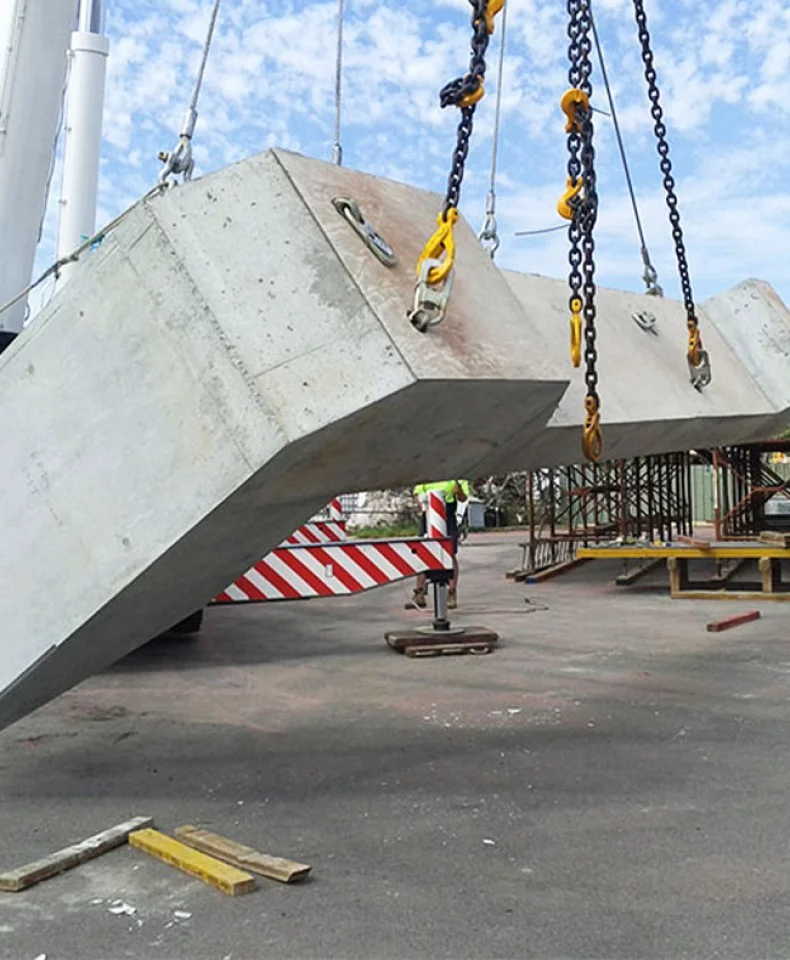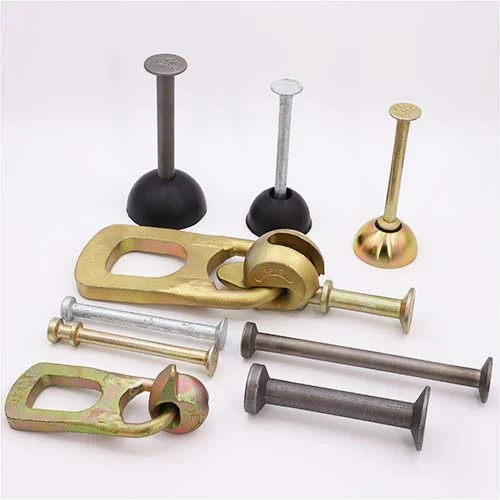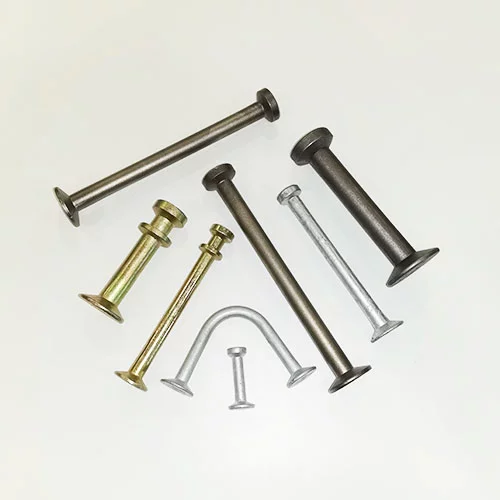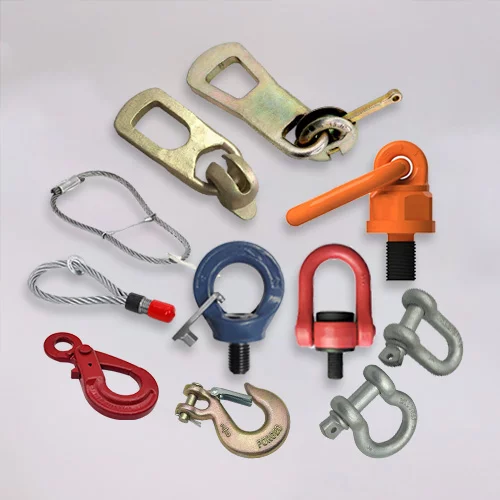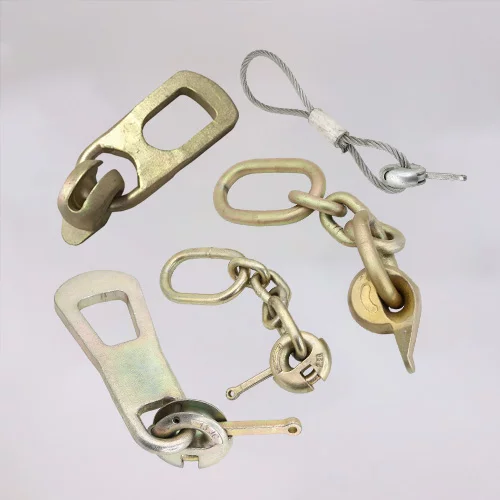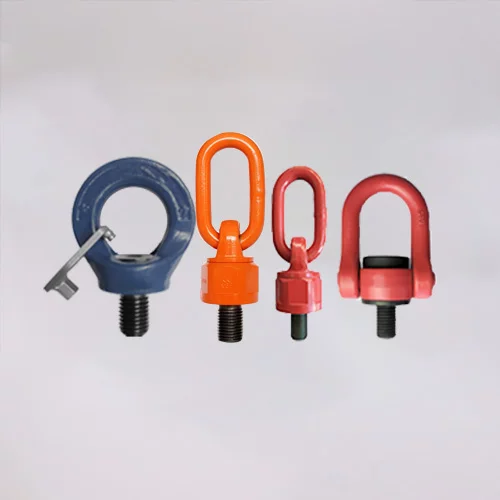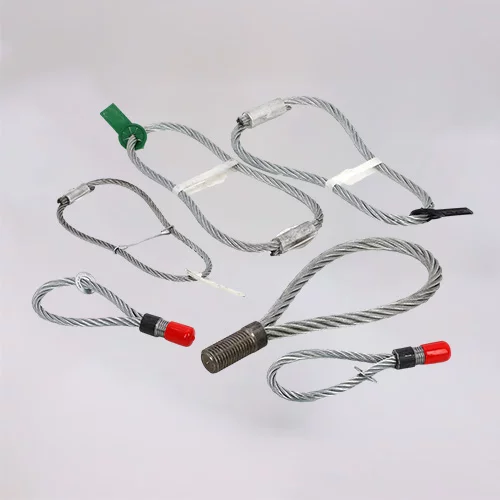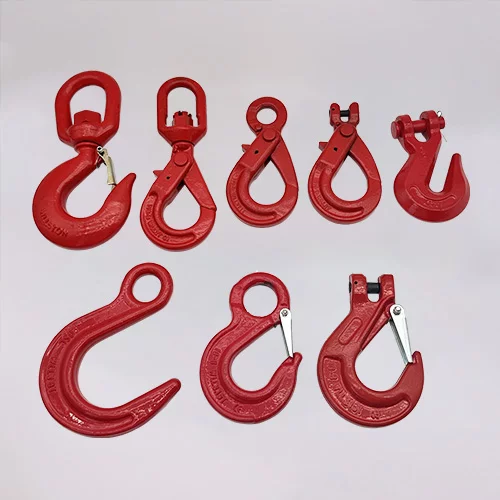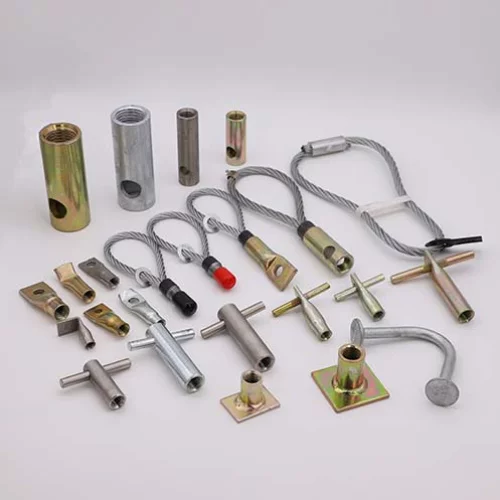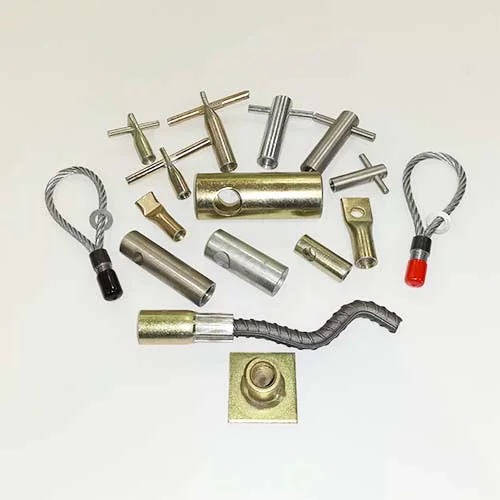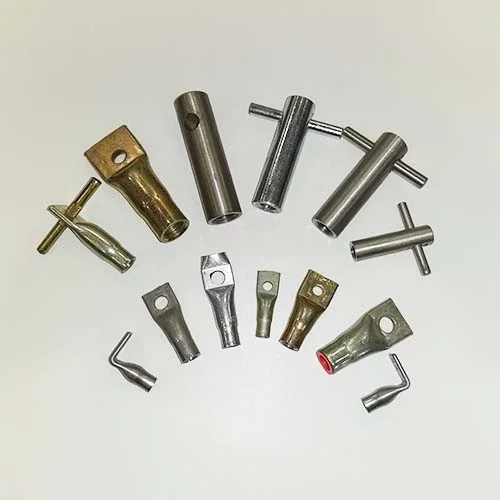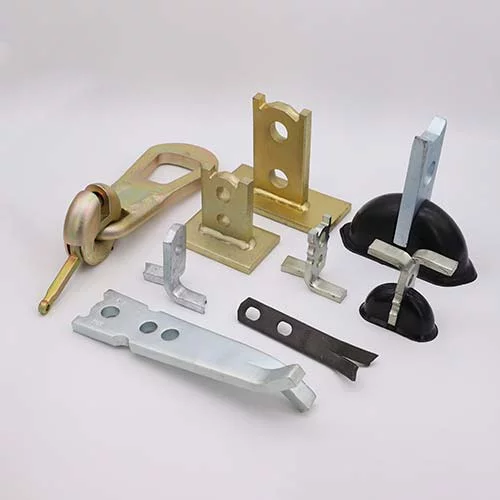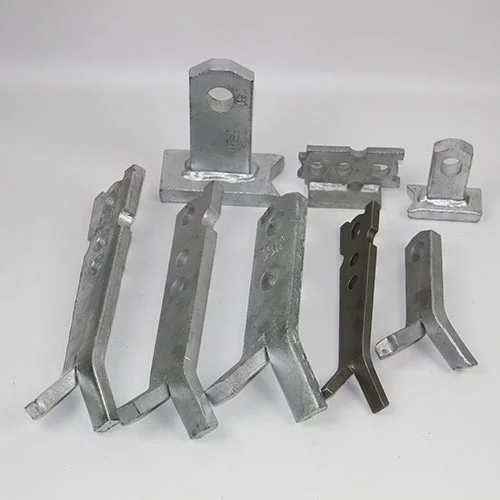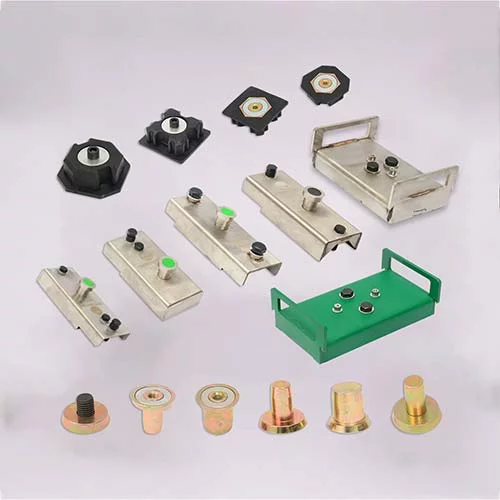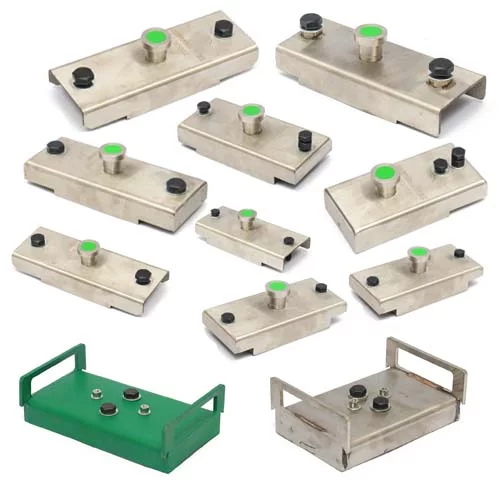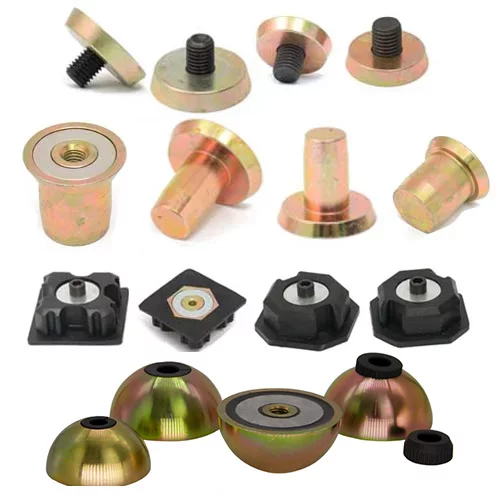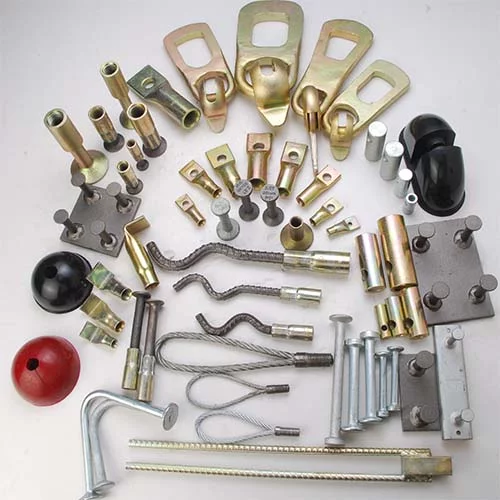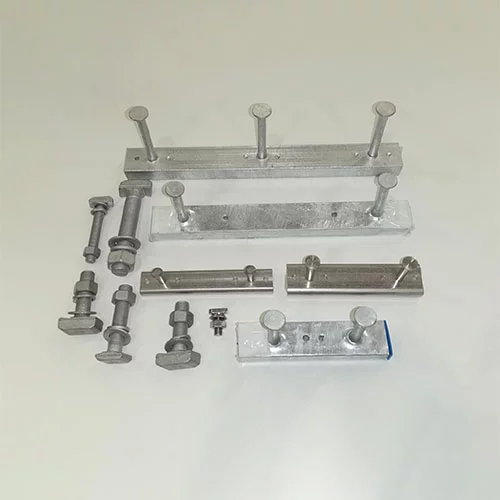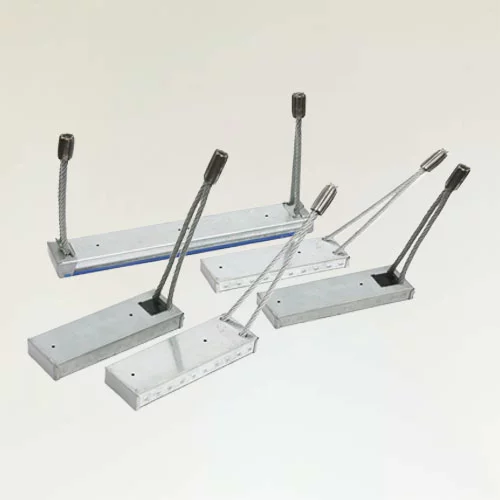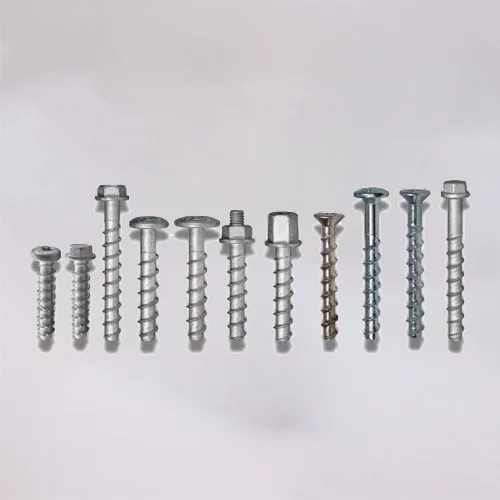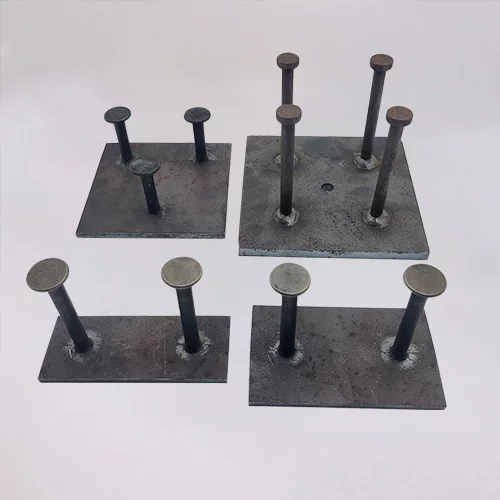Lifting Loop Enhances Safety

In the industrial field, especially in heavy object handling and lifting operations, the lifting loop is an indispensable and important component. As a key component specifically used to connect lifting equipment to the load, the lifting loop provides a strong and safe connection point to ensure the stability of the load during the lifting process and avoid accidents caused by unstable or improper connections. With the in-depth application of lifting loops in multiple industries such as construction, maritime, logistics, and industrial manufacturing, how to enhance safety by optimizing the design, materials, and use methods of lifting loops has become the key to improving work efficiency and ensuring operation safety.
Lifting loops not only play an important role in improving the safety of operations but also its design, materials, regular inspection,n, and maintenance also determine whether the lifting operation is smooth or not. This article will explore the application of lifting loops in various industries and how it improves the safety of overall operations through high-strength materials, precise design, and safety standards, and further analyze why choosing HULK Metal as a supplier can help you ensure the safety and efficiency of every operation.
Design and materials of lifting loops
Design principle
The design of lifting loops mainly depends on multiple factors such as load requirements, environmental conditions, and frequency of use. A well-designed lifting ring not only needs to ensure sufficient strength to withstand the workload, but also consider ease of use, durability, and adaptability to different working environments. The standard lifting ring design usually includes a ring structure and a mounting hole or connection point to quickly and easily connect it to the lifting equipment. The design of the lifting ring must ensure that it will not deform or break while bearing large loads.
Material selection
The commonly used material for Lifting loops is high-strength alloy steel because it can withstand extremely large loads and has strong corrosion resistance. The durability and strength of steel enable the lifting ring to operate stably under high loads and harsh environmental conditions. Depending on the different usage requirements, the lifting ring can be made of different materials:
· Alloy steel: widely used in heavy load environments with its excellent strength and fatigue resistance.
· Stainless steel: especially important for applications that require stronger corrosion resistance (such as marine or chemical industrial environments).
· High-toughness carbon steel: suitable for operating scenarios that require high strength and good impact resistance.
The material of the lifting ring not only affects its strength but also determines its corrosion resistance and weather resistance. By using treatments such as galvanizing or spraying, oxidation corrosion can be effectively prevented, thereby extending the service life.
Forging and welding technology
Lifting loops are usually manufactured using forging and welding technology. Forging can provide stronger mechanical properties than casting, especially when subjected to complex and high-impact loads. The forging process makes the molecular structure of the lifting ring more compact, which significantly improves its load-bearing capacity and fatigue resistance. Welding allows for customized design of Lifting loops with special needs to adapt to specific operating requirements.
Application of Lifting loops in various industries
Construction industry
In the construction industry, Lifting loops are mainly used to lift heavy building materials such as steel beams and concrete components. When lifting these materials, the lifting ring provides a strong connection point to ensure the stability of the load during the lifting process. Construction sites often face harsh working environments and high-load lifting tasks. The safety and reliability of the lifting ring are crucial to reducing accidents.
The design of the lifting ring should take into account the special needs of the construction site, such as high temperature, heavy load, and other challenges. For heavy objects such as steel beams and concrete components, the lifting ring can provide sufficient load-bearing capacity to ensure the safety of workers and equipment.
Maritime and offshore operations
In maritime and offshore operations, Lifting loops are particularly widely used. For example, Lifting loops are used for tasks such as handling large equipment, and lifting anchors or tugboats. In harsh marine environments, Lifting loops must have extremely high corrosion resistance and weather resistance, and at the same time be able to withstand huge loads and sudden impact forces. Therefore, the application of stainless steel Lifting loops in these fields is particularly important, which can effectively prevent seawater corrosion and ensure the smooth progress of lifting operations.
Transportation and logistics
In the transportation and logistics industry, Lifting loops are mainly used for cargo fixing and handling heavy items. During transportation, Lifting loops can firmly connect heavy cargo to lifting equipment to prevent cargo from sliding or accidents. The use of Lifting loops greatly improves logistics efficiency and transportation safety. Especially in ports, warehouses, and container transportation, the role of Lifting loops cannot be ignored.
Industrial manufacturing
In industrial manufacturing, Lifting loops are often used to lift large machinery and components to ensure that these components can be safely moved to the production line or during transportation. Lifting loops ensure that these heavy machines are stable throughout the entire handling process, without tilting or falling off, ensuring the safety of workers and productivity.
Safety Enhancement Function of Lifting Loops
Improve Load Stability
One of the primary functions of a lifting ring is to provide a stable connection point. During the lifting process, the lifting ring ensures that the load can be stably maintained on the lifting equipment, avoiding accidents such as tilting, sliding or falling caused by unstable loads. Good design and materials enable the lifting ring to remain stable under high loads and complex environments.
Anti-fatigue and impact-resistant design
Under long-term use and high loads, the lifting ring needs to maintain its strength and stability. The anti-fatigue design ensures that the lifting ring will not fail due to material fatigue during repeated use. The impact-resistant design ensures that the lifting ring can still effectively support the load and avoid breaking when subjected to sudden loads or impacts.
Anti-corrosion and weather resistance
In order to cope with harsh environmental conditions, Lifting loops are usually treated with anti-corrosion treatments such as galvanizing and painting. Galvanizing can effectively resist oxidation corrosion and extend the service life of the lifting ring, while painting can provide additional protection to prevent the lifting ring from rusting in marine or humid environments.
Inspection and maintenance of Lifting loops
Regular inspections
In order to ensure the long-term safety of Lifting loops, regular inspections are essential. Common inspection methods include visual inspection, wear assessment, crack and corrosion inspection, etc. Regular inspections can detect potential safety hazards in time and avoid accidents during use.
Maintenance and repair
Regular lubrication, cleaning, and necessary repairs are also key parts of lifting ring maintenance. For Lifting loops that are severely worn or cracked, they should be replaced in time to ensure safe operation.
Safety standards and certifications
Lifting loops should comply with international safety standards, such as ISO 9001, CE certification, etc., to ensure the safety and reliability of the product.
Choosing the right lifting ring
When choosing a lifting ring, it is necessary to select the right product based on the load requirements, working conditions, and material requirements. HULK Metal offers a range of Lifting loops that meet high safety standards to meet the needs of different environments and workloads.
Why choose HULK Metal as your supplier
HULK Metal's product advantages
HULK Metal's Lifting loops are made of high-strength alloy steel and are manufactured through precision forging and welding processes to ensure that the products have excellent strength and durability. We strictly control the quality of each product to ensure that each lifting ring can meet customer needs and industry standards.
HULK Metal's safety commitment
As an industry-leading lifting ring supplier, HULK Metal is committed to providing products that meet international safety standards and ensure the safety of each product through strict quality control and testing.
HULK Metal's customer cases and industry experience
With many years of experience in the field of Lifting loops, HULK Metal has provided safe and reliable lifting ring solutions to customers in multiple industries. Whether it is construction, maritime, logistics, or industrial manufacturing, we can provide customized services to ensure that every customer can choose the right lifting ring according to their needs.
Choosing the right lifting ring is essential to improving operational safety. HULK Metal has become a trusted partner in the industry with its excellent product quality and safety assurance system. By working with HULK Metal, you can not only ensure the smooth progress of lifting operations but also significantly reduce the safety risks caused by equipment failure or operating errors. The lifting ring products we provide not only have super load capacity and durability but also strictly follow international safety standards and undergo multiple quality tests to ensure that they can function stably in various harsh environments.
Article Navigation
PRECAST CONCRETE ACCESSORIES
Other Precast Concrete Accessories You Might Want to Know
You can click to learn more about HULK Metal precast concrete accessories such as lifting anchors, precast sockets, spread anchors, shuttering magnets, cast-in channels, wire loop boxes, and other precast concrete accessories you might want to know.
